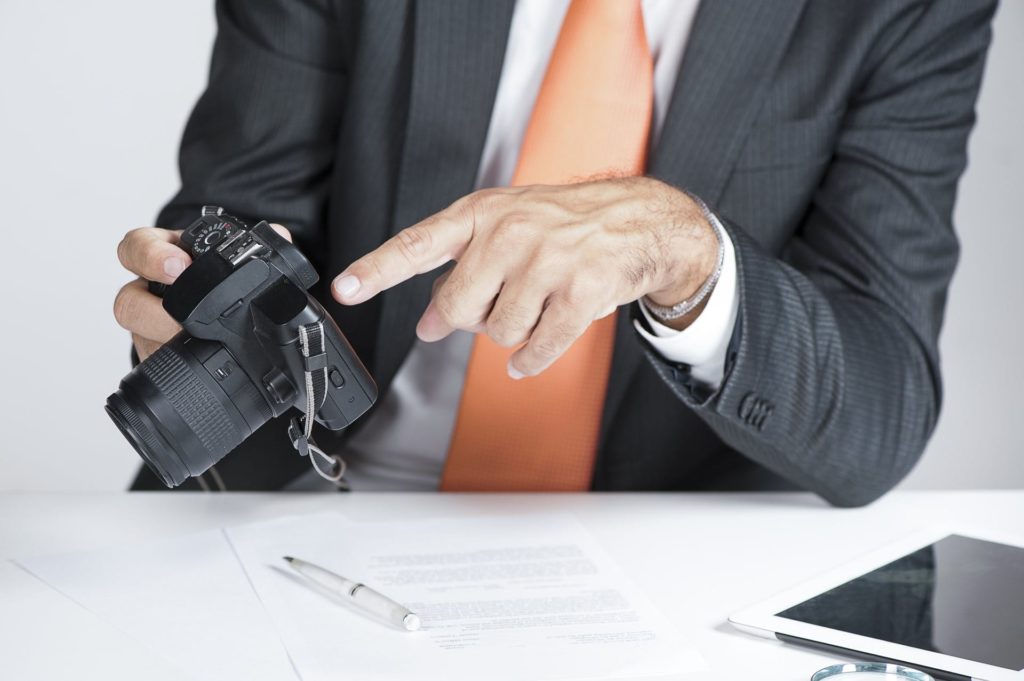The process of collecting evidence to prove adultery in a fault-based divorce can be challenging and emotionally taxing for both parties involved. However, understanding how to gather evidence effectively in such cases is crucial, as it can significantly impact the outcome of the divorce proceedings. In this article, we will explore different methods for collecting evidence of adultery and how to use it effectively during a divorce.
1. Introduction
Divorce for fault can be a difficult ordeal for all parties involved. One of the most delicate aspects of this process is gathering evidence to prove adultery. Proving that a spouse has been unfaithful can be challenging but is necessary when pursuing a fault-based divorce. In this article, we will show you how to collect evidence for a fault-based divorce and how to use it effectively.
2. What Is Adultery, and How Can You Prove It?
Adultery is defined as a violation of the marital obligations, primarily involving deception and related actions. It’s essential to have the capacity to prove that your spouse had a relationship with another person to pursue a fault-based divorce.
Evidence of adultery can be collected in various ways. It is possible to gather evidence of an immaterial nature, such as messages exchanged between the unfaithful spouse and their lover. Additionally, surveillance and tailing of the unfaithful spouse can also serve as proof of adultery.

3. Methods of Collecting Evidence for Divorce
3.1. Surveillance and Tailing
Surveillance and tailing are two common methods for collecting evidence of adultery. Surveillance involves observing the movements of your spouse, while tailing involves physically following them. These methods can yield valuable evidence, such as photos or videos showing the unfaithful spouse with their lover.
3.2. Retrieving Electronic Communication
Electronic messages can also be crucial evidence in a fault-based divorce. Emails, text messages, and instant messages, often related to social media, can provide information about the extramarital relationship. It is crucial to retrieve these messages as soon as possible, as they can be easily deleted.
3.3. Collecting Material Evidence
The collecting of material evidence can also be a method effective for proving adultery. Bills, receipts, and bank account transactions can also provide useful evidence.
